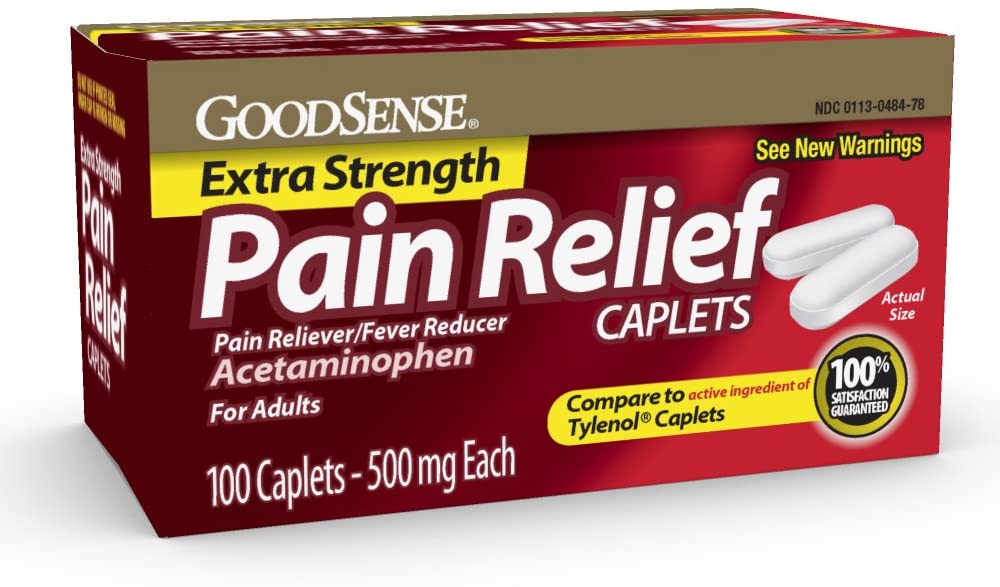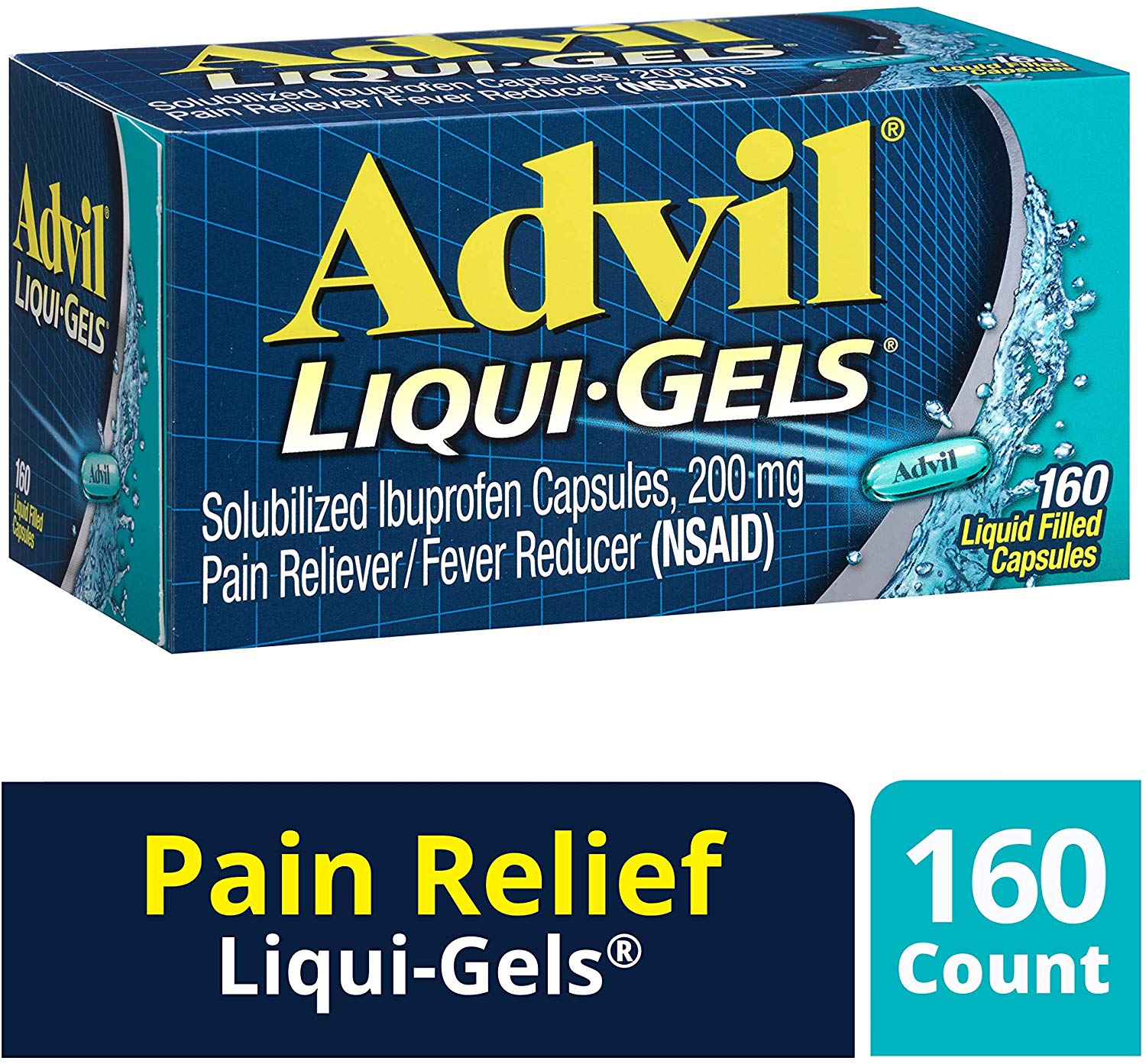Fever
Overview
Fever is defined as a body temperature higher than the normal core temperature of 100F (37.8C). It is a sign of a regulated increase in the body’s thermoregulatory set-point in response to a pyrogen. Fever is differentiated from hyperthermia, which represents a malfunctioning of the normal thermoregulatory process at the hypothalamic level, and hyperpyrexia, a body temperature greater than 106F (41.1C) that typically results in harmful mental and physical consequences.
Fever is a symptom – an indication of an underlying process. It is not inherently harmful; in fact, there is evidence that fever is an adaptive response and that elevated body temperature may be beneficial. The principal reason for treating fever is to alleviate patient discomfort. Therefore, the decision to treat fever should be based on a patient-specific risk-benefit ratio. Arguments against treating fever include the generally benign and self-limited course of fever, the possible elimination of a diagnostic or prognostic sign, the attenuation of enhanced host defenses (possible therapeutic effect of fever), and possible untoward effects of antipyretic medications.
No correlation exists between the magnitude and pattern of temperature elevation (i.e., persistent, intermittent, recurrent, or prolonged) and the principal etiology or severity of the underlying pathology. Because it is difficult to determine the cause of the fever on the sole basis of the temperature reading, investigation into the underlying cause is important. In some instances, fever may indicate a serious condition (eg, acute infectious process) that requires prompt medical evaluation.
Exclusions to Self Treatment
- Patients >6 months of age with rectal temperature of equal or greater than 104F/40C
- Children < 6 months of age with rectal temperature of equal or greater than 101F/38C
- Severe symptoms of infection that are not self-limiting
- Risk for hyperthermia
- Impaired oxygen utilization (eg. severe COPD, respiratory distress, heart failure)
- Impaired immune function (eg. cancer, HIV)
- CNS damage (eg. head trauma, stroke)
- Children with history of febrile seizures or seizures
- Fevers that persist for more than 3 days with or without treatment
- Child who develops spots or rash
- Child who refuses to drink any fluids
- Child who is very sleepy, irritable, or hard to wake up
- Child who is vomiting and cannot keep down fluids
Usual Adult Dose for Fever
Oral:
Immediate-release: 325 mg to 1 g orally every 4 to 6 hours
Extra strength (500 mg/tablet): 2 tablets (1 g) every 6 hours as needed; maximum daily dose: 6 tablets/day (3 g/day).
Comments:
-Maximum daily dose is based on all routes of administration and all products containing acetaminophen.
-Maximum daily dose and dosing recommendations may differ by product; some manufacturers have decreased the maximum daily dose to protect consumers from inadvertent overdoses.
Uses:
-For the management of mild to moderate pain and the management of moderate to severe pain with adjunctive opioid analgesics.
-For the reduction of fever.
Usual Adult Dose for Fever
Oral:
Initial dose: 200 mg orally every 4 to 6 hours
-May increase to 400 mg every 4 to 6 hours if needed
Maximum dose: 1200 mg/day
Comments:
-Use the lowest effective dosage for the shortest duration consistent with individual patient treatment goals.
-Patients should be well hydrated to reduce the risk of renal adverse events.
-IV doses should be infused over at least 30 minutes.



